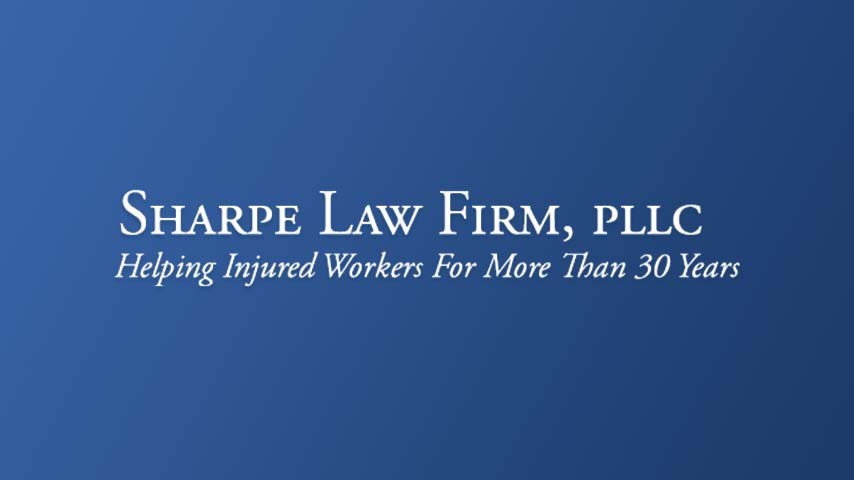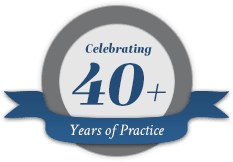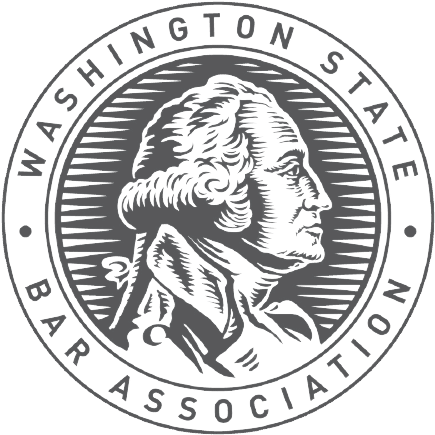Types of Auto Insurance Coverage in WA
Each type of insurance coverage protects you against a different type of risk. The most common types of automobile insurance coverage in Washington State are:
- Liability
- PIP
- UM/UIM
- Collision
- Comprehensive
Liability Insurance
Liability is legal fault. Liability insurance is insurance protection for your legal fault. Washington State law requires that all drivers have liability insurance. Individuals involved in motor vehicle accidents’ (MVA’s) can be held legally at fault and thus financially responsible for the consequences of an accident, including property damage, injuries to passengers and drivers, and fatalities. The severely injured or families of fatality victims may seek damages in civil court, often for well in excess of the value of insurance. Fault can lie entirely with one person or may be spread among several people. Liability insurance protects the insured if they are at fault. Liability insurance pays injured persons for their bodily injury and property damage, up to the amount of the specified liability coverage.
PIP Insurance
Personal Injury Protection (PIP). This is optional insurance which covers, within a policy’s specified limits, the reasonable and necessary medical, hospital and funeral expenses of the insured, other persons in the insured’s vehicles, and pedestrians struck by the insured.
In Washington State, you can choose limits of either $10,000 or $35,000. Payment is limited to the specified amount per person within 3 years of the covered accident.
PIP can also include:
- Income Continuation – recovers lost wages for up to a year. 85% of your weekly income up to $200 per week or $700 per week (whichever is less).
- Substitute Services – help performing household or other tasks due to accident-related injuries. $40 per day / $200 week / Max $5,000 / Up to a Year from the Incident.
- Funeral Expenses – $2,000.
UM/UIM Insurance
Uninsured/underinsured Motorist coverage (UM/UIM) and provides coverage for the insured if an at-fault party either does not have any insurance (UM) or does not have enough insurance (UIM).
Collision Insurance
Optional insurance coverage for an insured’s vehicle that is involved in an accident, subject to a deductible. It provides payments to repair the damaged vehicle or pays the market value of the vehicle if that value is less than the estimated repair bill.
Comprehensive Insurance
(a.k.a. – Other Than Collision) provides insurance coverage, subject to a deductible, for an insured’s vehicle that is damaged by incidents that are not considered Collisions. For example, fire, theft (or attempted theft), vandalism, weather, or impacts with animals are types of Comprehensive losses.
What Insurance is Mandatory in Washington State?
The only type of mandatory automobile insurance coverage is liability insurance. In Washington State you cannot legally drive without liability insurance coverage. All other types of auto insurance are optional.
Liability insurance covers claims against the policy holder and generally, any other operator of the insured vehicles, provided they do not live at the same address as the policy holder, and are not specifically excluded on the policy. In the case of those living at the same address, they must specifically be covered on the policy. Liability insurance may or may not protect the policy holder if they operate a vehicle other than their own; you have to read your policy to know.
When someone buys a car on credit, the bank may require the purchaser carry collision coverage.
Myth of “Full Coverage”
- Full coverage does not mean anything! Persons who say they have full coverage usually don’t understand the complexity of insurance coverage. It is more accurate to say I have insurance on vehicle (X), with (Y) coverages in (Z) amounts…
The Amount of Insurance Coverage
- Each type of insurance has a dollar amount of coverage. The dollar amount is the amount of protection the insured has. For example, the minimum mandatory liability insurance is $25,000/50,000. This means the liability protection for the insured is $25,000 per person with a $50,000 per accident maximum.
What to Do if You Have an Automobile Accident
- Write down an accurate account of the accident as soon after the accident as possible
- Call the police and/or file a police report.
- See a doctor right away if you are or may be injured.
Aspects of Automobile Claim
- Personal Injury – Injury to the body or emotions.
- Property Damage – Damage to your car or other driver’s car.
- Wage Loss – Any wages lost due to time missing from work because of the automobile accident.
- Medical – Any treatment bills related to injuries sustained in the automobile accident.











